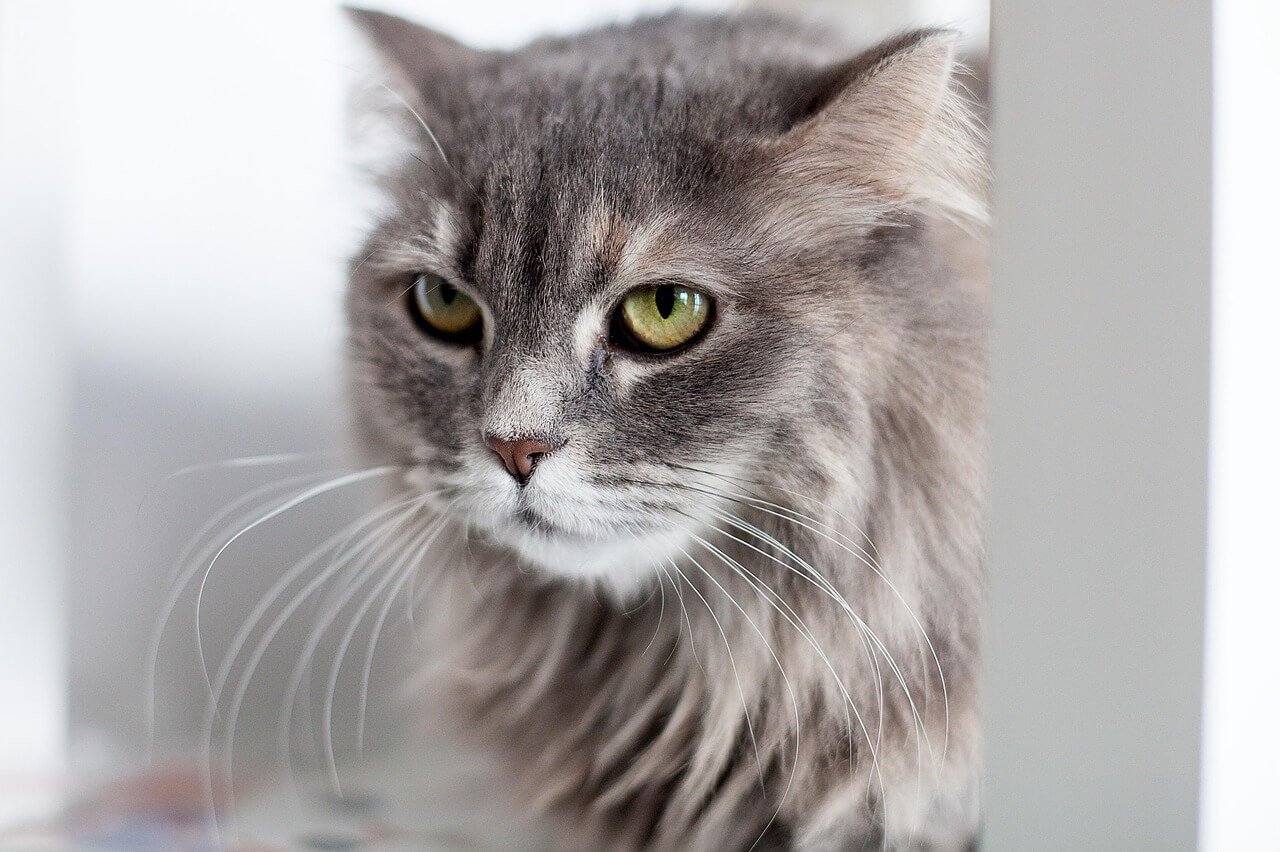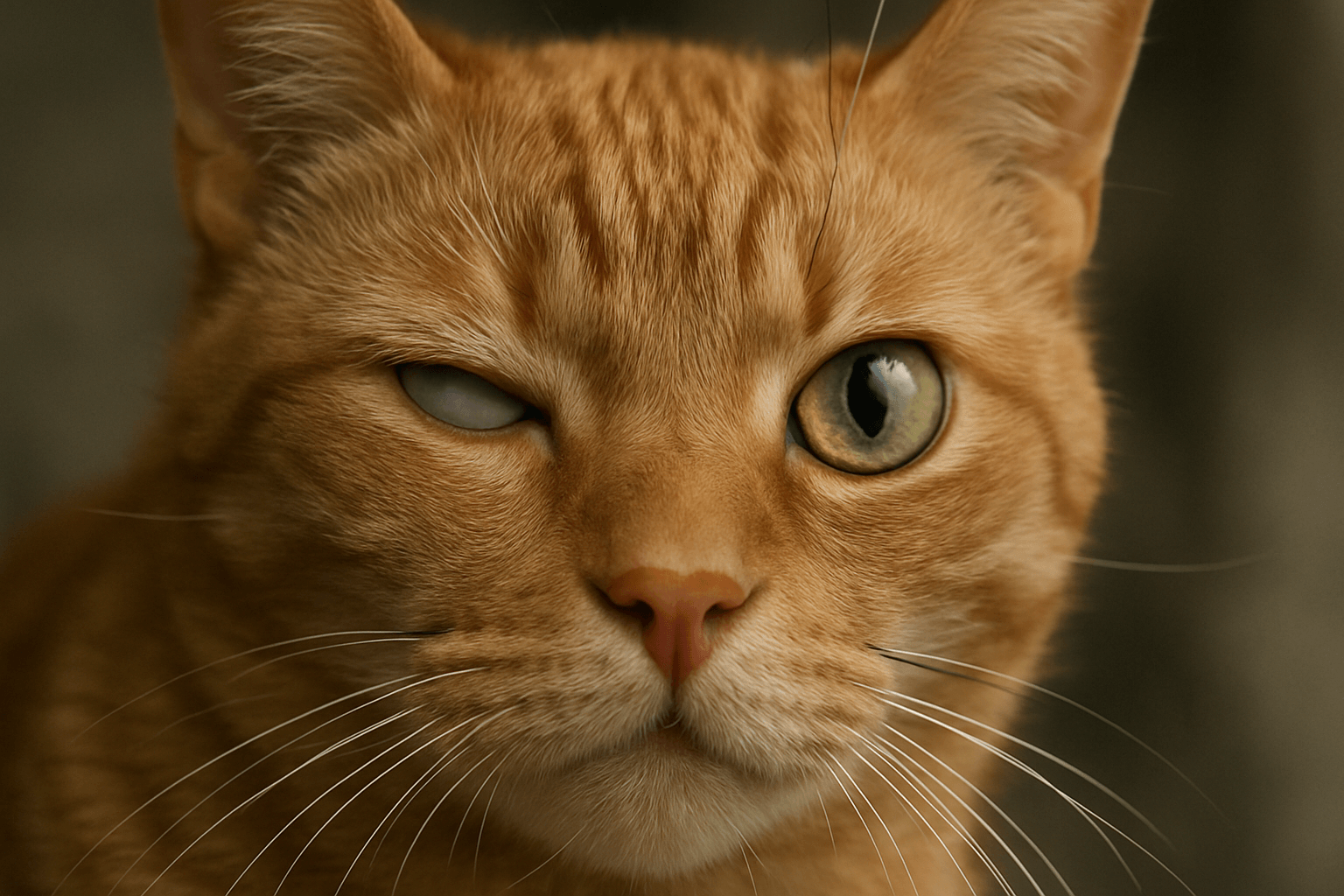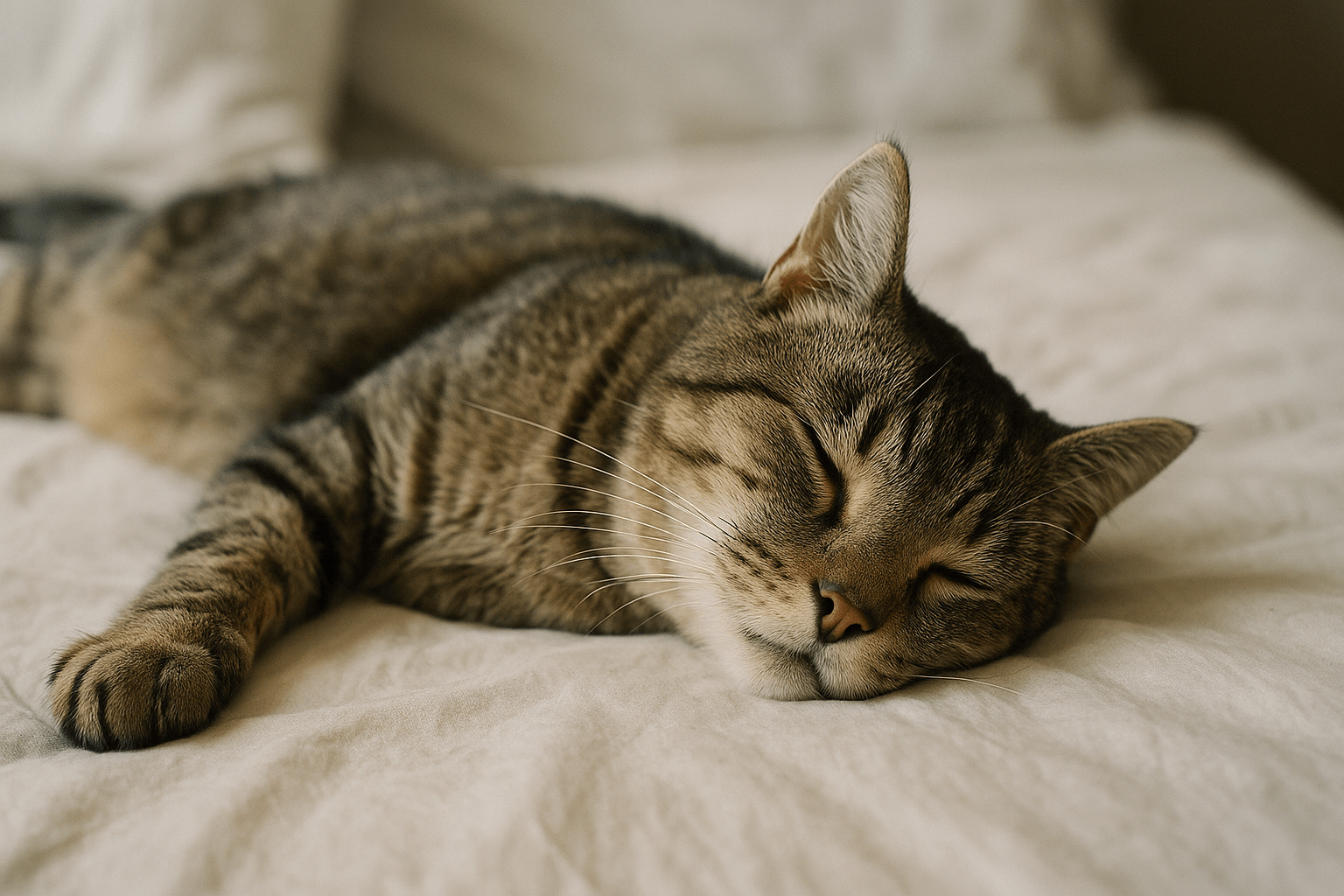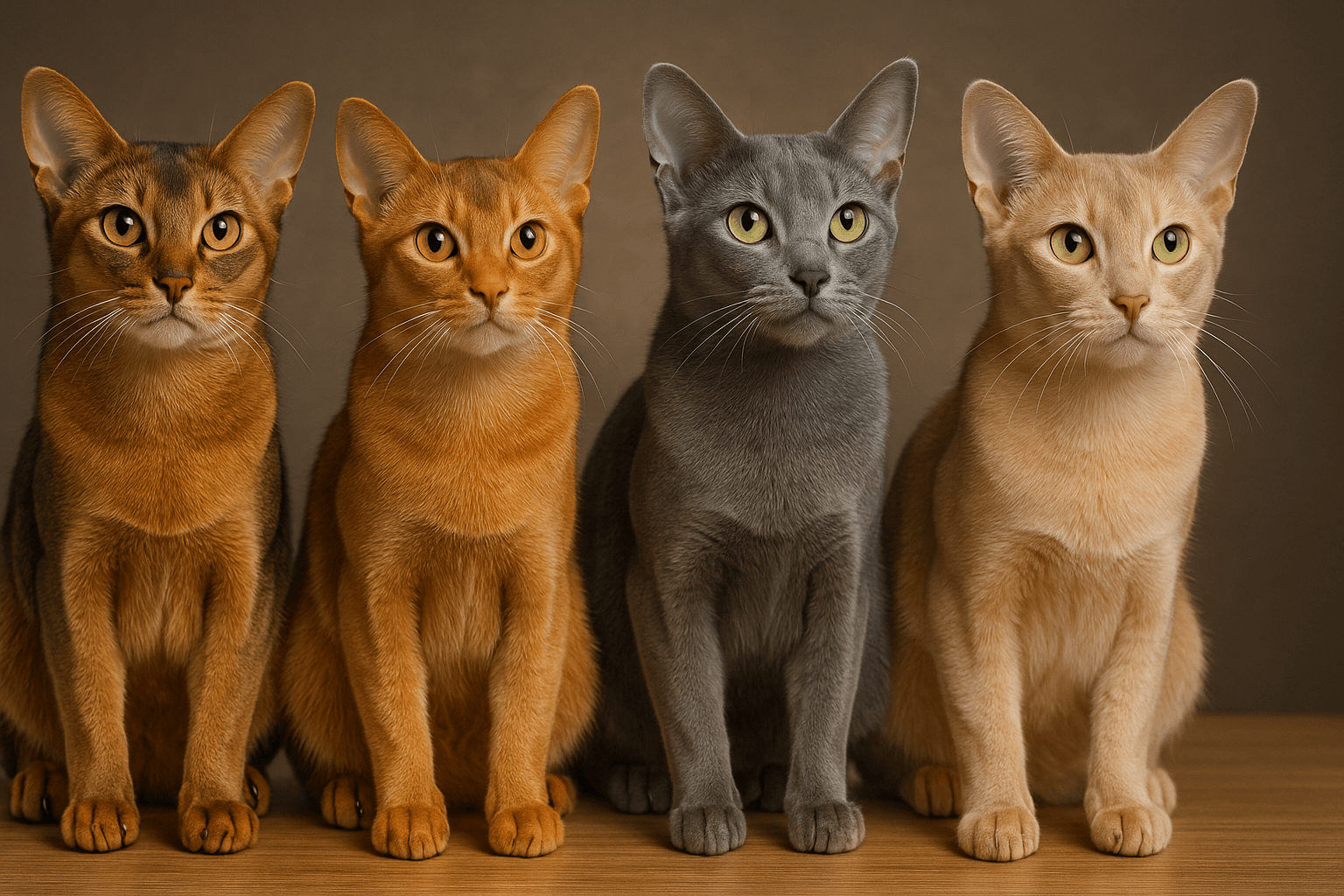How to Pet a Cat: The Art of Making Feline Friends
Petting a cat may seem like a simple gesture, but it’s actually an art that requires understanding, patience, and respect for your feline friend’s preferences. Cats are unique creatures with distinct personalities, and not every cat enjoys being petted in the same way—or at all! Whether you’re a seasoned cat owner or meeting a new furry companion for the first time, learning how to pet a cat properly can strengthen your bond and ensure a positive experience for both of you. In this blog post, we’ll explore the best techniques, tips, and insights to help you master the delicate balance of petting a cat. Let’s dive in and discover how to make every interaction a purr-fect one!
Understanding a Cat’s Body Language Before Petting
Before you reach out to pet a cat, it’s essential to observe their body language. Cats communicate their feelings and boundaries through subtle cues, and respecting these signals is key to successful interactions. Here’s what to look for:
Relaxed Posture
A cat lying down with its paws tucked under or stretched out is usually comfortable and open to attention.Slow Blinking Eyes
If a cat slowly blinks at you, it’s a sign of trust and affection—often referred to as a “cat kiss.”Tail Position
A tail held high with a slight curve at the tip indicates happiness, while a puffed-up tail suggests fear or aggression.Ear Orientation
Ears facing forward signal curiosity or contentment, while flattened ears mean the cat feels threatened or annoyed.Vocalizations
Purring often means a cat is relaxed, but growling or hissing is a clear sign to back off.
Understanding these cues helps you gauge whether a cat is ready to be petted or if they need space. Always prioritize their comfort and consent.
Best Techniques for Petting a Cat
Knowing where and how to pet a cat can make all the difference in creating a positive experience. While every cat is different, there are some general guidelines that work for most felines. Here are some tried-and-true techniques:
Start with Gentle Strokes
Begin by lightly running your hand along the cat’s back, avoiding sudden or forceful movements.Focus on the Head and Cheeks
Many cats enjoy being scratched behind the ears, under the chin, or along their cheeks near the scent glands.Avoid Sensitive Areas
The belly, paws, and tail are often sensitive spots that many cats prefer not to have touched.Use Soft, Slow Movements
Cats respond better to gentle, deliberate motions rather than fast or erratic petting.Let the Cat Set the Pace
Pay attention to how the cat reacts and adjust your approach accordingly—some may want more attention, while others prefer less.
By following these techniques, you can create a calm and enjoyable experience for both you and the cat. Remember, every cat is unique, so stay flexible and observant.
Check this guide 👉How to Hold a Cat: Best 7 Expert Tips!
Check this guide 👉The Right Way to Pick Up a Cat: Best 7 Expert Tips!
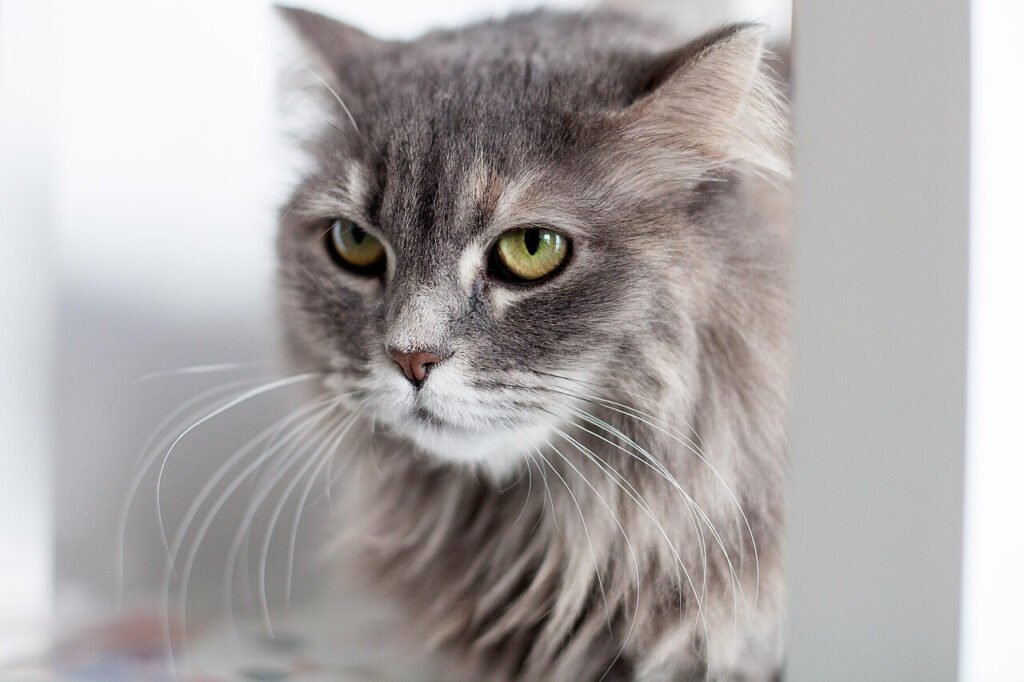
Safe Zones for Petting Cats | Areas to Avoid Touching |
|---|---|
Behind the ears | Belly (unless the cat invites it) |
Under the chin | Paws |
Along the cheeks | Tail base |
Top of the head | Rear legs |
Back (near the shoulders) | Whiskers (too much pressure) |
Signs Your Cat Is Enjoying Being Petted
When you pet a cat correctly, they’ll often show clear signs of enjoyment. These positive responses let you know you’re doing it right and encourage you to continue. Here’s what to look for:
Purring
A soft, rhythmic purring sound is one of the most obvious signs that a cat is happy and relaxed.Kneading with Paws
Cats sometimes knead with their front paws when they feel content, mimicking kitten behavior from nursing.Leaning into Your Hand
If a cat leans into your touch, it’s a clear indication they’re enjoying the interaction.Closing Their Eyes
Cats close their eyes when they feel safe and trusting, which is a great compliment during petting.Rubbing Against You
Head-butting or rubbing against your hand shows affection and reinforces their bond with you.
These behaviors are heartwarming signs that your efforts are appreciated. Keep up the good work, but always remain mindful of any shifts in their mood.
Common Mistakes to Avoid When Petting a Cat
Even well-meaning petting attempts can go awry if certain mistakes are made. Being aware of these pitfalls ensures you don’t unintentionally upset your feline friend. Here’s what to avoid:
Ignoring Warning Signs
Continuing to pet a cat after they’ve shown signs of discomfort can lead to scratches or bites.Petting Too Aggressively
Applying too much pressure or using rough motions can overwhelm or irritate a cat.Forcing Interaction
Trying to pet a cat that clearly doesn’t want attention will only damage trust and cause stress.Focusing Only on the Belly
While some cats tolerate belly rubs, most find this area highly sensitive and vulnerable.Assuming All Cats Are the Same
Each cat has unique preferences—what works for one might not work for another.
Avoiding these common mistakes ensures a respectful and enjoyable experience for both you and the cat. Patience and observation are key to success.
Fun Facts About Cats and Petting Preferences
Cats are fascinating creatures, and their preferences for petting often reflect their unique personalities and instincts. Here are some fun facts about cats and how they respond to touch:
Scent Glands Play a Role
Cats have scent glands on their cheeks, chin, and the base of their tail, which is why they love being petted in these areas—it allows them to mark you as part of their territory.Purring Isn’t Always Happiness
While purring often indicates contentment, cats also purr when they’re anxious or unwell, so context matters.Some Cats Love Headbutts
Headbutting, or “bunting,” is a sign of affection and trust, often accompanied by requests for head scratches.Not All Cats Like Belly Rubs
Unlike dogs, most cats view their belly as a vulnerable area and prefer it untouched unless they explicitly invite you.Cats Have Individual “Petting Limits”
Every cat has a threshold for how much petting they can handle before becoming overstimulated—pay attention to their cues.
These fun facts highlight the complexity of feline behavior and remind us that understanding your cat’s preferences makes petting a more rewarding experience for both of you.
Tips for Bonding with a New Cat Through Petting
If you’re introducing yourself to a new cat, whether it’s a stray or a newly adopted pet, building trust through gentle petting is key. Here are some tips to help you bond effectively:
Let the Cat Approach You First
Sit quietly and allow the cat to come to you, signaling that you’re not a threat.Offer Your Hand for Sniffing
Extend your hand slowly, letting the cat investigate your scent before attempting to pet them.Start with Short Sessions
Keep initial petting sessions brief to avoid overwhelming the cat and gradually increase the duration over time.Use Treats to Build Positive Associations
Pair gentle petting with treats to create a positive connection between touch and rewards.Respect Their Boundaries
If the cat moves away or shows signs of discomfort, give them space and try again later.
By taking a gradual and respectful approach, you can build trust and lay the foundation for a strong bond with your new feline friend.
Signs Your Cat Is Overstimulated During Petting
Even if a cat initially enjoys being petted, they can become overstimulated and need a break. Recognizing these signs helps prevent negative reactions like biting or scratching. Here’s what to watch for:
Tail Flicking or Thumping
A rapidly flicking or thumping tail indicates growing irritation or agitation.Flattened Ears
Ears moving backward or flattening against the head signal discomfort or annoyance.Dilated Pupils
Wide, dilated pupils can mean the cat is feeling tense or overly stimulated.Skin Twitching or Rippling
If the cat’s skin starts twitching under your hand, it’s a sign they’ve had enough.Sudden Attempts to Move Away
If the cat tries to shift position or escape, they’re likely seeking space.
Recognizing these signs early allows you to stop petting before the cat becomes upset. Always prioritize their comfort and well-being during interactions.
Frequently Asked Questions About Petting Cats
Why does my cat bite me when I pet them?
Biting during petting can indicate overstimulation or irritation. Watch for warning signs like tail flicking or flattened ears.
Can I pet a stray cat I meet outside?
Approach stray cats cautiously and let them come to you first. Respect their boundaries and avoid sudden movements.
Do all cats like being petted?
No, some cats prefer minimal physical contact, while others love attention. It depends on their personality and past experiences.
What should I do if a cat hisses at me?
Stop petting immediately and give the cat space—they’re feeling threatened or uncomfortable.
How do I know if a cat trusts me enough to pet them?
Look for signs like slow blinking, relaxed posture, or voluntary closeness. These indicate trust and openness to interaction.
Building Trust Through Thoughtful Petting
Learning how to pet a cat is about more than just physical touch—it’s about building trust, respecting boundaries, and fostering a meaningful connection. By paying attention to a cat’s body language, preferences, and reactions, you can create a bond that enriches both your lives. Remember, every cat is unique, and patience is essential in discovering what makes them feel loved and comfortable. Whether you’re cuddling with your own pet or meeting a new feline friend, thoughtful petting can turn even the briefest encounter into a joyful moment. So take your time, listen to their cues, and enjoy the magic of connecting with these incredible creatures—one gentle stroke at a time.
Why Is My Cats Second Eyelid Showing? Best 7 Expert Tips! Understand causes, health signs, and how to respond when your cat’s third eyelid becomes visible.
How Do I Know If My Cat Died Peacefully? Best 7 Expert Tips! Discover the quiet signs of a peaceful feline passing and find comfort in their final moments.
Cat Allergy Eyes: Best 7 Expert Tips! Discover why your eyes react to cats and learn proven strategies for relief—without giving up your feline friend.
Why Do Abyssinian Cat Colors Matter? Best 7 Expert Tips! Discover the genetics, rare hues, and care secrets behind Abyssinian coat colors for a healthier, happier cat.

